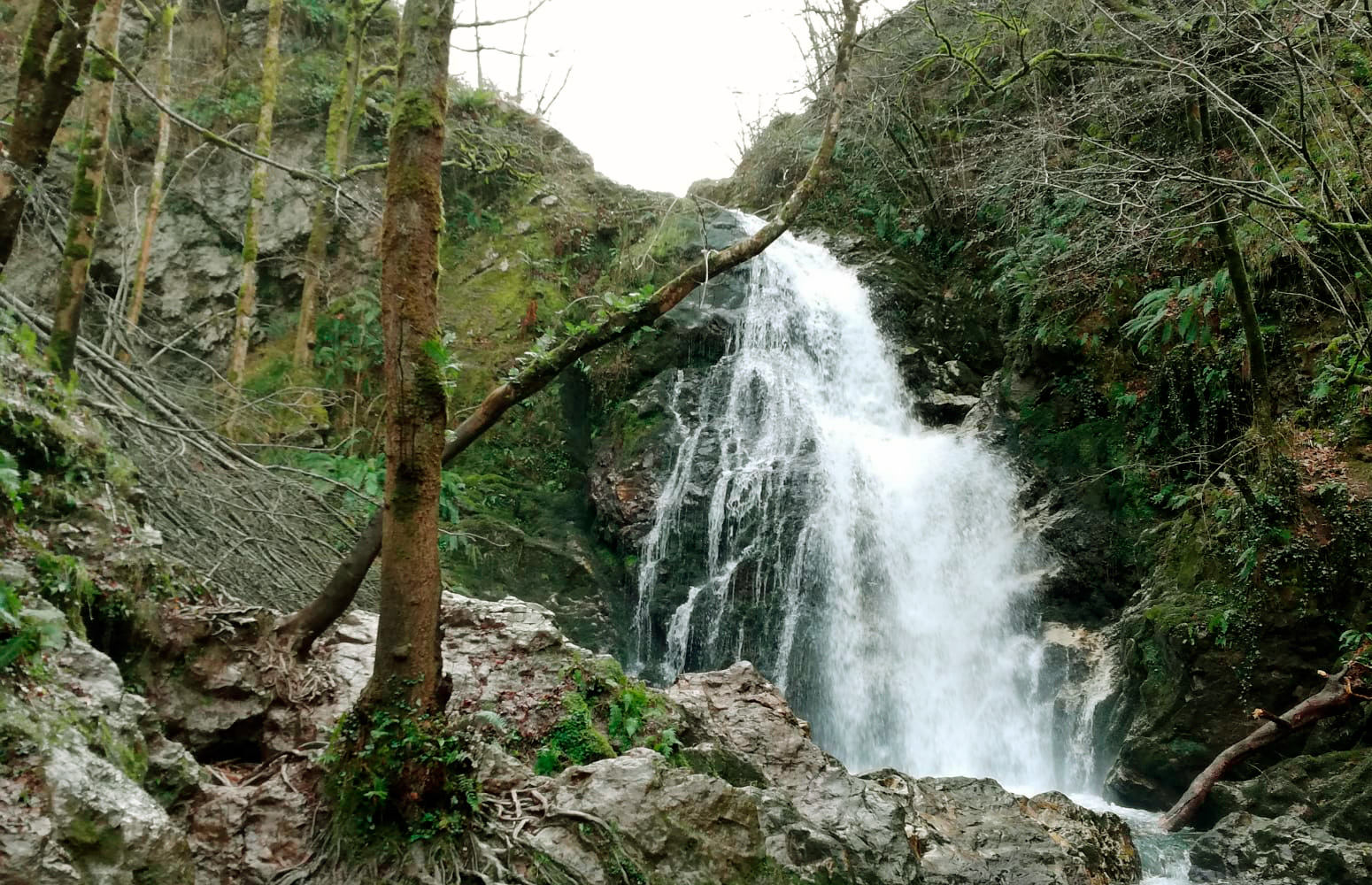Note that the flow rate of Pyrenean rivers can be reduced by 15% by 2040
2023/12/15 Elhuyar Zientzia Iturria: Elhuyar aldizkaria

The Pyrenean rivers will have decreasing flows and may reduce annual flow by 15% by 2040 and by more than 20% by the end of the century. At the same time, they announce that seasonality will be increasingly marked, with longer and more intense estimatments. This is one of the main conclusions of the research carried out in the international project PIRAGUA.
The study also involved the team led by Iñaki Antiedad Auzmendi, focusing on the Bidasoa basin. Other research groups from France, Spain and Andorra have collaborated and obtained their results in two publications: One analyses the current and future situation of Pyrenean water resources and proposes measures to adapt to climate change and the management of changes in water demands on water resources.
The analysis of river flow data shows a widespread decline in all indicators in recent decades. These changes are due to climatic causes and changes in land use. On the other hand, simulation models, strongly fueled by future climate projections, show that in the coming decades the flows of rivers along the French side will experience a more marked decrease, although in the southern side there will also be decreases, especially in the central and eastern areas.
Regarding the seasons, the simulations show a significant decrease in snow precipitation and a decrease in the relative weight of snow in the formation of water flows. On the other hand, one of the main reasons for reducing water flows is the average annual increase in temperature in the Pyrenean territory (0.8 °C per decade between 1981 and 2010). The increase in temperature has been even more pronounced in the central and eastern Pyrenees, as well as in the northern slope, and, according to the seasons, it has been more pronounced in spring and summer. In the precipitation analysis, however, there are no signs of variation as strong as in the case of temperature, but a decrease in the Bidasoa basin of up to 30 mm/year is expected.
In the light of the results, the importance and necessity of adapting the management of Pyrenean water resources to climate change is highlighted, both locally and in river basins and throughout the mountain chain osa.Entre, the measures highlight the nature-based solutions aimed at maintaining and even strengthening ecosystem services (services that an ecosystem provides to society). As a fundamental adaptation measure, the promotion of citizen participation and the consideration of all actors involved are proposed. In the case of the study of the Bidasoa River basin, it has focused on the importance of hydrological processes in spatial planning and management.

Gai honi buruzko eduki gehiago
Elhuyarrek garatutako teknologia






